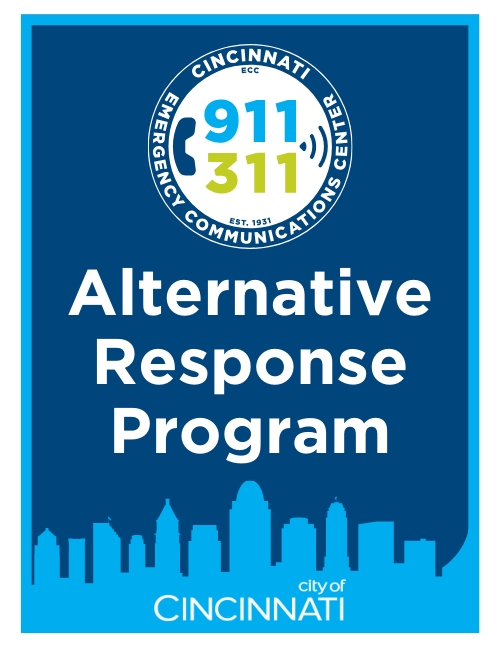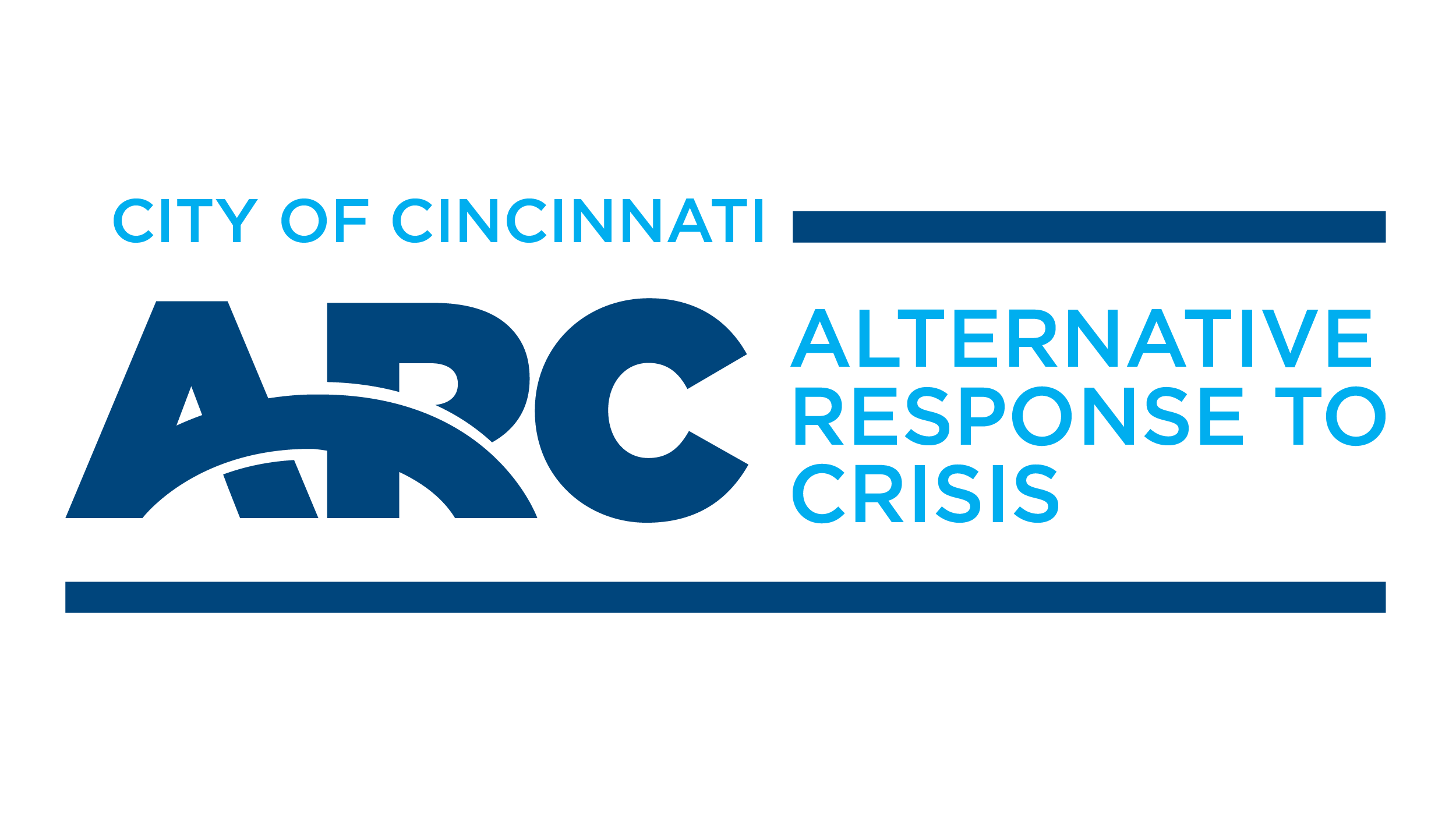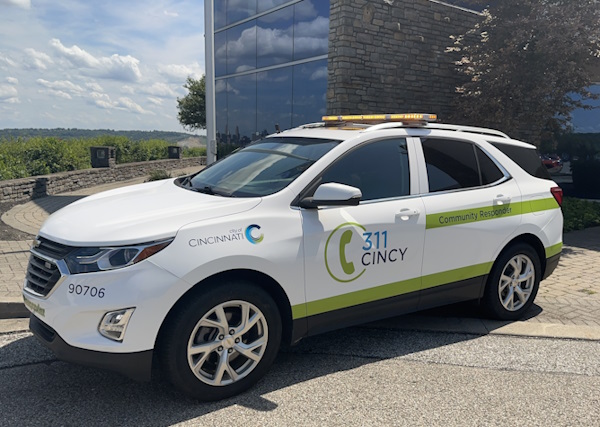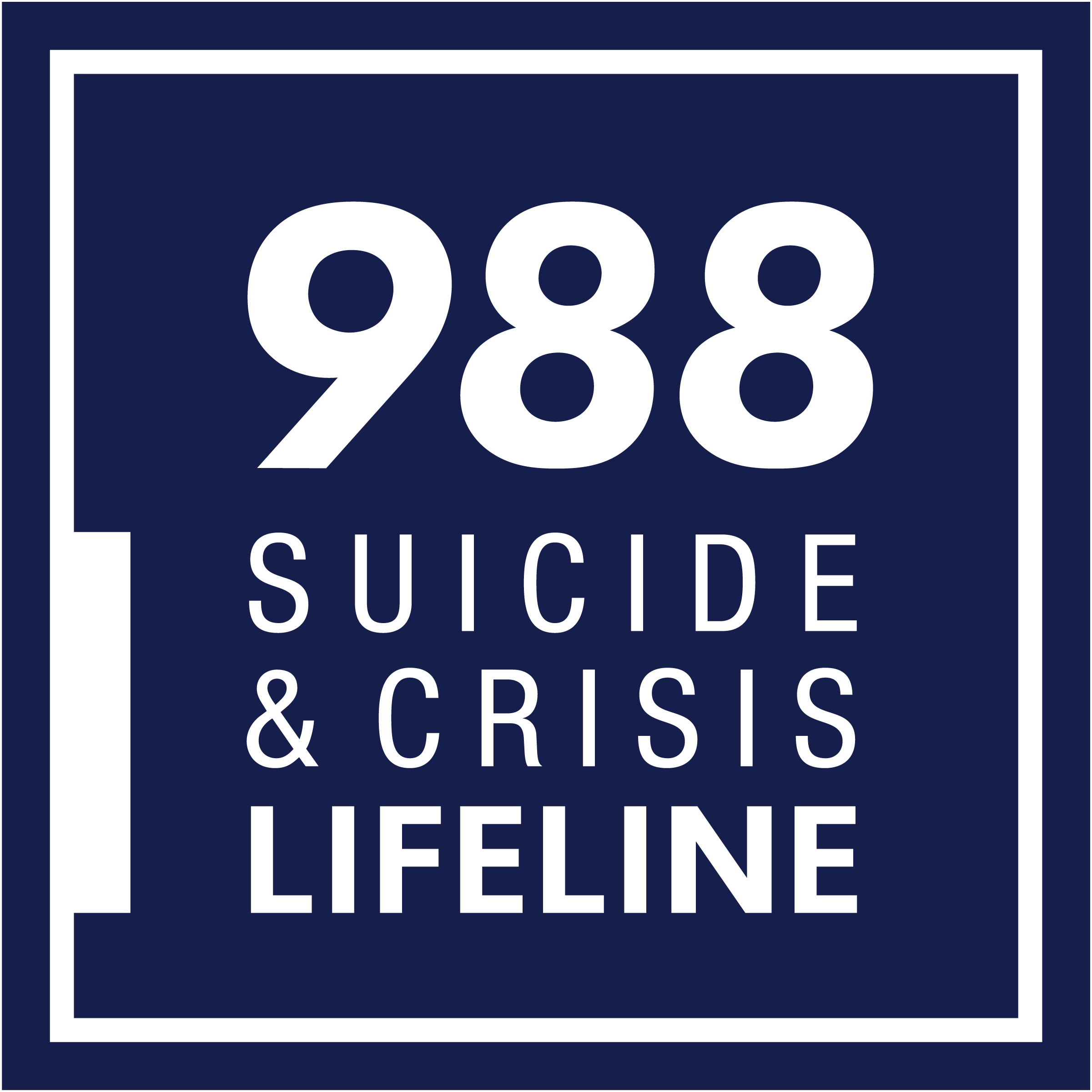Alternative Response Program
 The City's Alternative Response Program is managed by the Emergency Communications Center, in partnership with the Cincinnati Health Department. When people need help, the City of Cincinnati is committed to using the most appropriate and least invasive intervention available.
The City's Alternative Response Program is managed by the Emergency Communications Center, in partnership with the Cincinnati Health Department. When people need help, the City of Cincinnati is committed to using the most appropriate and least invasive intervention available.
To advance the City's broader criminal justice diversion efforts, the Alternative Response Program seeks to enhance community safety by applying alternative interventions in lieu of traditional police responses.
The initiatives within this program include:
- Alternative Response to Crisis (ARC) Response Team: Sending a City of Cincinnati ARC Response Team, in lieu of a traditional police response, to a low-risk crisis (e.g., check someone's welfare, address basic needs issues, or provide connection to services). This is a two-person, non-police team, which includes a licensed behavioral health clinician. This City program is a partnership between the Cincinnati Emergency Communications Center, Cincinnati Health Department, Cincinnati Fire Department, and Greater Cincinnati Behavioral Health Services.
- Community Responder: Sending a City of Cincinnati Community Responder to handle other non-emergency issues reported to 311 and 911 that do not require a police officer's response.
-
- Diversion to 988: Enabling 911 call-takers to...
- Divert some Cincinnati 911 calls to a 988 Lifeline Provider at Talbert House, when appropriate.
- Seek the assistance of a Talbert House 988 Lifeline Provider with Cincinnati 911 caller de-escalation while a traditional public safety response is on the way.
 ARC Response Team
ARC Response Team
The City began piloting one ARC Response Team in July 2022. The program was made a permanent part of the City's budget in July 2023. In June 2024, the City expanded to provide a second team.
ARC has been established to function as a 911-dispatchable resource for low-risk crisis situations. This is a collaborative effort between the Cincinnati Emergency Communications Center (ECC), Cincinnati Fire Department (CFD), and Cincinnati Health Department (CHD). Greater Cincinnati Behavioral Health Services provides contracted staffing and support on behalf of CHD.
 A two-person ARC team consists of at least one licensed behavioral health clinician; this person is paired with a paramedic, community responder, or another clinician.
A two-person ARC team consists of at least one licensed behavioral health clinician; this person is paired with a paramedic, community responder, or another clinician.
During operating hours, the team is used by the 911 center as an Alternative Response to conduct welfare checks, assist with basic needs, and refer or connect individuals with community service providers. The City of Cincinnati’s 911 center (the Emergency Communications Center, or ECC) evaluates calls received using a protocol system, which directs appropriate incidents to ARC.
Learn More
Learn more about ARC Response Teams:
 Data Dashboard
Data Dashboard
You can view statistics related to ARC Response Teams, updated weekly, by visiting the CincyInsights portal and navigating to Public Safety data dashboards. This information is analyzed and presented by the City of Cincinnati's Office of Performance and Data Analytics.
 Feedback
Feedback
If you placed at call to the Emergency Communications Center and the ARC Response Team arrived to help, or if you had contact with ARC in the community, we welcome your feedback.
 Consent
Consent
If the ARC Response Team referred you to another service provider, this referral may have been done in Unite Us, an internet-based system that connects people with community services. The consent in Unite Us that you signed gives permission to share your basic information with the agency where you were referred. A copy of the consent you agreed to, and information about how to withdraw consent, can be found here:
Community Responders
 New in 2025: The Community Responder program is an expansion of the same model used to establish ECC’s Alternative Response to Crisis (ARC) teams. While ARC will continue to handle low-level crisis situations in lieu of police, connecting those in crisis with resources, Community Responders perform a similar function for some non-emergency, non-crisis issues reported to 311 and 911.
New in 2025: The Community Responder program is an expansion of the same model used to establish ECC’s Alternative Response to Crisis (ARC) teams. While ARC will continue to handle low-level crisis situations in lieu of police, connecting those in crisis with resources, Community Responders perform a similar function for some non-emergency, non-crisis issues reported to 311 and 911.
Many calls, such as assisting a motorist with a disabled vehicle while they wait for a tow truck, take up a significant amount of police time. Each year, the Cincinnati Police Department handles thousands of calls for disabled vehicles and minor, non-injury crashes. Police officers are routinely used as “eyes and ears of the city,” sent to make an initial assessment of a report to 311 about traffic hazards, signal malfunctions, or possible water main breaks. Sending a Community Responder in these circumstances will free up police to handle urgent law enforcement matters.
Community Responders will also provide a field response in the community for the City’s non-emergency (311) Customer Service program and serve as an ambassador to the community on behalf of all City of Cincinnati agencies. This employee plays a crucial role in improving community outcomes by handling issues that do not require a traditional public safety response.
Learn more about the Community Responders:
MCT Co-Response
The UC Mobile Crisis Team (MCT) is a dedicated team that offers specialized mobile crisis services to the community. The team of behavioral health professionals supports law enforcement and emergency responders to provide appropriate intervention to individuals experiencing a mental health crisis. MCT is a joint program of the University of Cincinnati Medical Center and the support of the Hamilton County Mental Health and Recovery Services Board. MCT is partnered with the City of Cincinnati to serve as a co-responder with our police officers.
ECC’s 911 call-takers assess all callers, and situations reported, to connect callers with the most appropriate type of help. In cases where a caller to ECC or person reported by a caller is experiencing a mental health crisis and a law enforcement response is necessary due to violence, the presence of weapons, or a serious crime in progress, the 911 center dispatches an MCT co-responder along with law enforcement.
Learn more about MCT Co-Response on our FAQ page:
Diversion to 988
 The 988 Suicide & Crisis Lifeline, previously known as the National Suicide Prevention Lifeline, offers 24/7 call, text and chat access to trained crisis counselors who can help people experiencing suicidal, substance use, and/or mental health crisis, or any other kind of emotional distress. People can also call, text or chat 988 if they are worried about a loved one who may need crisis support.
The 988 Suicide & Crisis Lifeline, previously known as the National Suicide Prevention Lifeline, offers 24/7 call, text and chat access to trained crisis counselors who can help people experiencing suicidal, substance use, and/or mental health crisis, or any other kind of emotional distress. People can also call, text or chat 988 if they are worried about a loved one who may need crisis support.
The Cincinnati Emergency Communications Center (ECC), as the City’s 911 answering point, and the Talbert House 281-CARE Call Center, as the local 988 answering point, have established a collaborative relationship and common protocols. By doing so, 911 and 988 work together effectively when emergency intervention is needed to keep an individual safe from imminent suicide, and to improve continuity of care for at-risk individuals.
ECC’s 911 call-takers assess all callers, and situations reported, to connect callers with the most appropriate type of help. In cases where a caller to ECC is determined to be at-risk for suicide or is otherwise experiencing a mental health crisis, and the caller is not believed to otherwise require an immediate response from law enforcement or emergency medical services, the 911 center engages the assistance of 988 Lifeline Providers to further connect with the caller, assess risk, and provide intervention in the least invasive and most helpful way possible.
